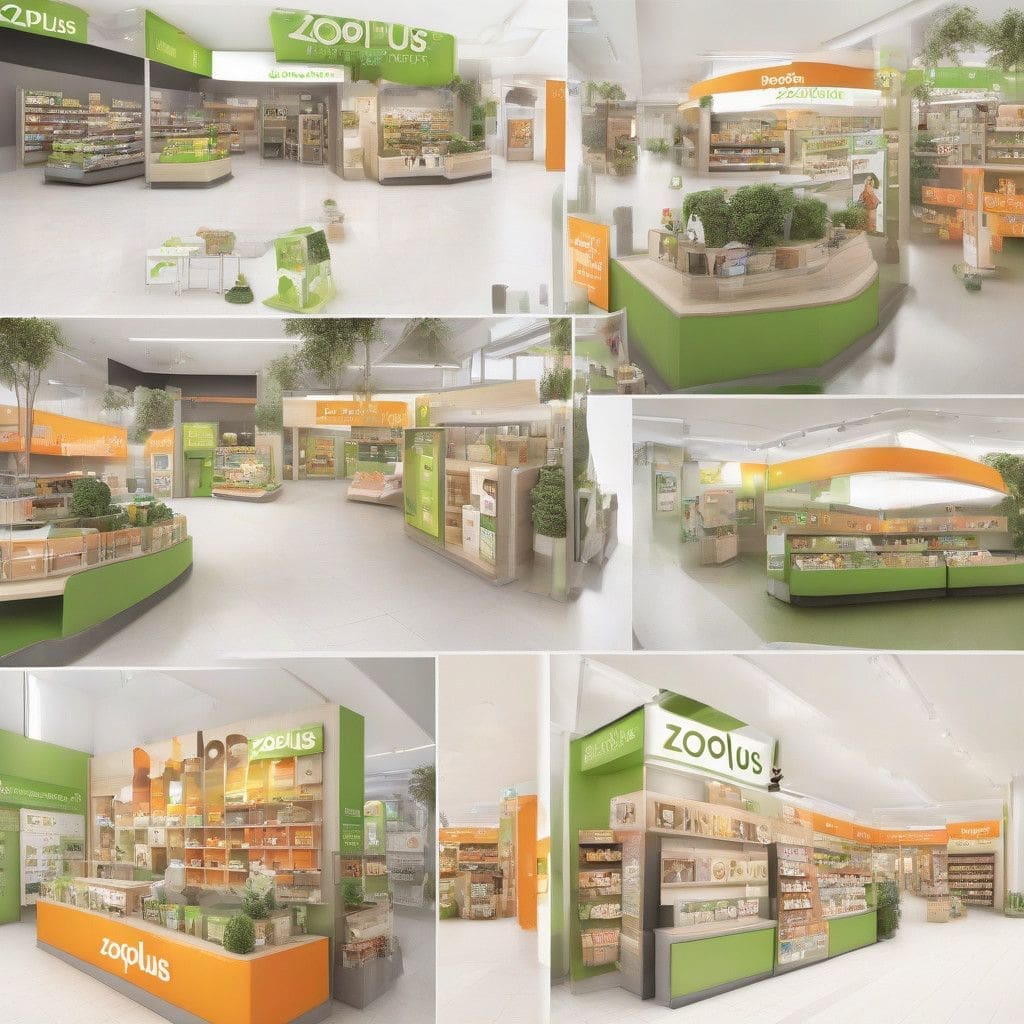In a bold move to solidify its standing in the digital pet supply market, zooplus SE is set to unveil an innovative brand design that speaks to both its legacy and its commitment to customers. This rebranding effort, launching this November alongside its new marketplace initiative, aims to enhance user experience and further affirm the company’s position as a digital leader in the pet supplies sector.
The famous German company, known for its extensive range of pet products, is pivoting towards a more engaging and visually captivating aesthetic. This revamp is not just a superficial change; it embodies their vision of “Celebrating pet love every day,” according to CEO Geoffroy Lefebvre. This vision emphasizes the heart of their brand—the relationship between pets and their owners—highlighting the need to satisfy customer demands while showcasing the unique qualities of every pet.
One of the standout features of the new design is the logo, which introduces playful shapes and distinctive “eyes.” These elements not only create a memorable visual identity but also reflect the brand’s expertise and genuine affection towards animals. By transforming their branding, zooplus aims to cultivate a deeper emotional connection with its audience, something that is increasingly important in today’s competitive e-commerce landscape.
Enhancing User Experience Through Design
Central to this rebranding initiative is a comprehensive update to the user interface (UI) and user experience (UX) across all digital platforms, including the website and mobile app. The intention is to create a more integrated and seamless experience for customers, making their shopping journey more intuitive and enjoyable.
For example, the redesign emphasizes easier navigation, streamlined product discovery, and visually appealing layouts. These updates are essential in addressing the common pain points many e-commerce platforms face. According to a study by Baymard Institute, nearly 70% of users abandon their shopping carts, often due to complicated navigation or a poor user interface. A fresh design with user-centric features can significantly enhance conversion rates, turning potential drop-offs into successful transactions.
The benefits of an upgraded UX extend beyond aesthetics—the changes can result in longer time spent on the site and increased customer satisfaction. A streamlined checkout process and enhanced product filtering, for instance, will not only save shoppers time but also encourage repeated visits, fostering brand loyalty.
Building a Stronger Brand through Consistency
“Consistency is key in branding,” noted Geoffroy Lefebvre, emphasizing that the rebranding does not stray far from the original essence of zooplus. The iconic green that has defined the brand for 25 years remains at the core of the new design. This careful balance between evolution and tradition helps in leveraging existing brand equity while attracting new customers.
Moreover, a consistent brand image across various touchpoints reinforces recognition and trust. In an era where consumer choices are abundant, a recognizable and well-defined brand identity can make a significant difference in customer retention. Engaging social media channels, cohesive advertising, and an updated web presence will seamlessly interact, providing a holistic view of what zooplus stands for.
The Role of the Marketplace in Expanding Offerings
As part of their strategic growth, the upcoming zooplus marketplace will allow third-party sellers to offer products alongside the existing catalog. This expansion requires an effective integration of the new design elements to ensure that both zooplus products and marketplace offerings deliver a consistent and enjoyable user experience.
The marketplace will not only widen product availability but can also enhance customer engagement. Research shows that consumers appreciate variety and are more likely to explore different brands in one digital space. By providing a platform that encompasses various sellers while maintaining the new branding, zooplus can position itself as a comprehensive solution for pet owners.
Conclusion
The recent announcement of zooplus SE’s brand redesign signifies more than just a change in logo or color scheme; it represents a strategic shift towards enhancing customer experience and reinforcing brand loyalty in a competitive marketplace. The thoughtful integration of user experience improvements with a strong visual identity underscores the company’s commitment to meeting the evolving needs of pet owners across Europe.
As zooplus embarks on this transformative journey, the impact on customer engagement, retention, and brand perception is likely to be significant. This initiative illustrates the crucial role that effective branding and UX design play in the digital age, reminding all businesses that meeting customer needs and creating emotional connections is vital for sustained success.
